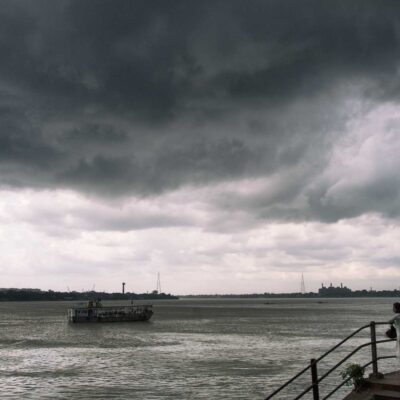A large number of Hindu Bengalis from different parts of East Pakistan (Bangladesh) once settled in my village “Nabagram”. The work started by forming a cooperative society with those who came first. They were the main founders of the creation of the village “Nabagram” in 1947.
They left this world long before I was born. However, many memories of my village “Nabagram” are still alive in my mind today, when I was growing up in the nineties. Standing in the middle of this half of my life, I still remember several people with respect. Amidst this change, the history of “Nabgram” has not completely erased their contribution. One such person who was one of the main souls of my village is the respected Gyan Chowdhury.
Marble bust of Gyan Chowdhury. He was such a respected person of my village that a statue was built to pay homage to him. For Hindus, statues of respected people are a means of showing respect. Through this, they can remember that particular person and highlight the importance of their contribution to future generations. All these statues of the society reveal a kind of iconic culture. August 11, 2025. Nabagram, Hooghly, West Bengal.
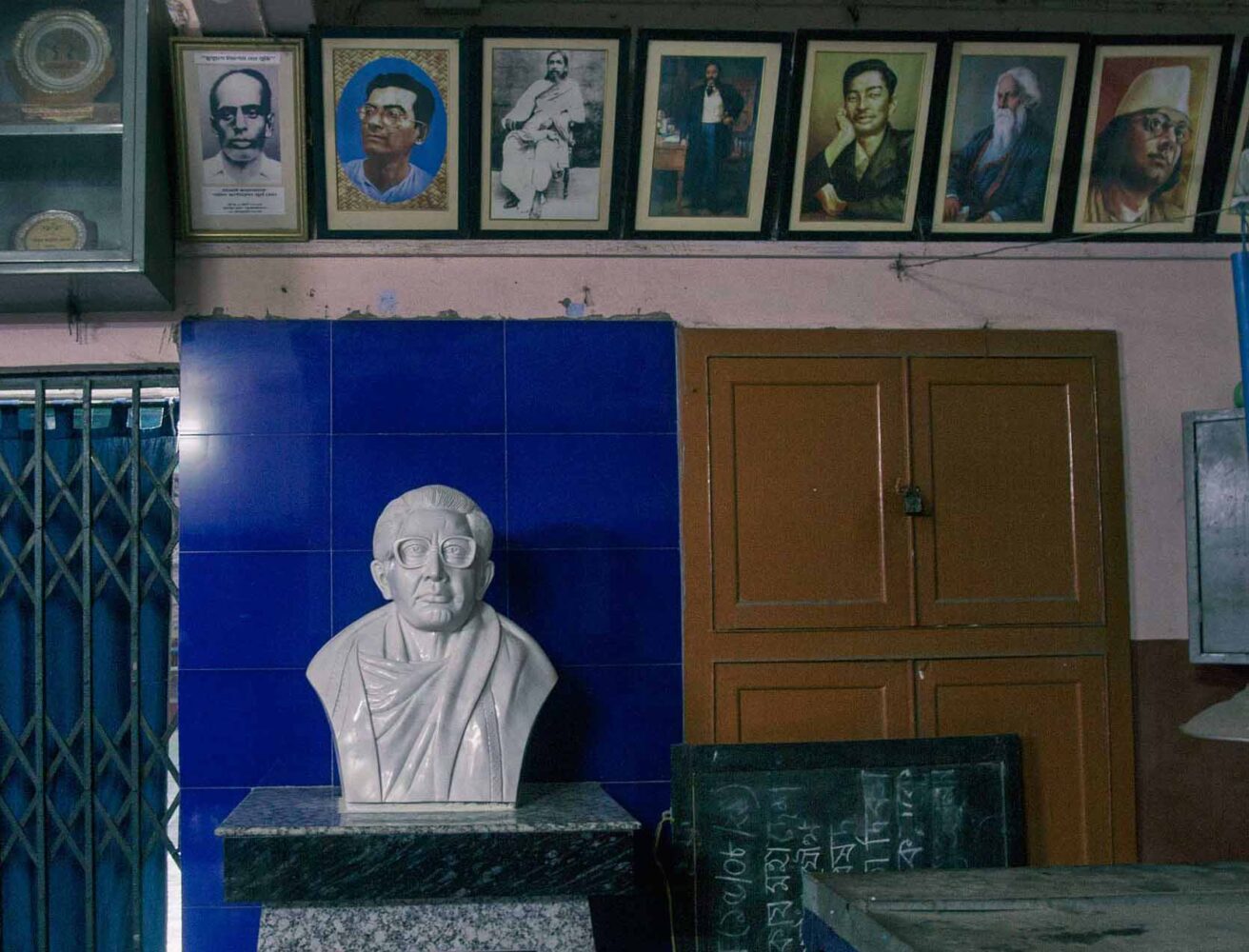
He was known as Gyan Da to everyone in the area. He was sympathetic to the people of the area in times of trouble. He was a pioneer in developing the culture of this area. He came to this area from Rajshahi district of East Pakistan now Bangladesh. In 1952, Gyan Chowdhury and his mentor Basanta Ranjan Dasgupta founded a social and cultural organization called “Mahadesh Parishad”.
The term “Mahadesh Parishad” can be used to refer to a council or organization consisting of representatives from different countries of a continent. But here the term was used to refer to a large, open-minded cultural environment of Bengalis. Such organizations are rare in the rural areas of West Bengal. In our area, 100 percent of the population was literate. Gyan Chowdhury established a school for children here in 1983. Pradeep Dasgupta, a cultured and educated man of this Nabagram, planned the education system for the children of that school. He named this school “Shishupath” ( the name refers to books written for children, which help them develop reading, writing, counting, and general knowledge).
The history of Nabagram will never forget Pradeep Dasgupta’s contribution to the education of children and the creation of a free cultural environment among them. This school still exists in its glory. People like Gyan Chowdhury and Pradeep Dasgupta are no longer in Bengali life today. Later, this area very quickly took on the appearance of a suburb. The aim of this organization was to connect the people of Nabagram with drama, music, art and education and one kind of social consciousness. The contribution of this organization to my village is still important. The tradition of theatre practice of this organization is very significant.
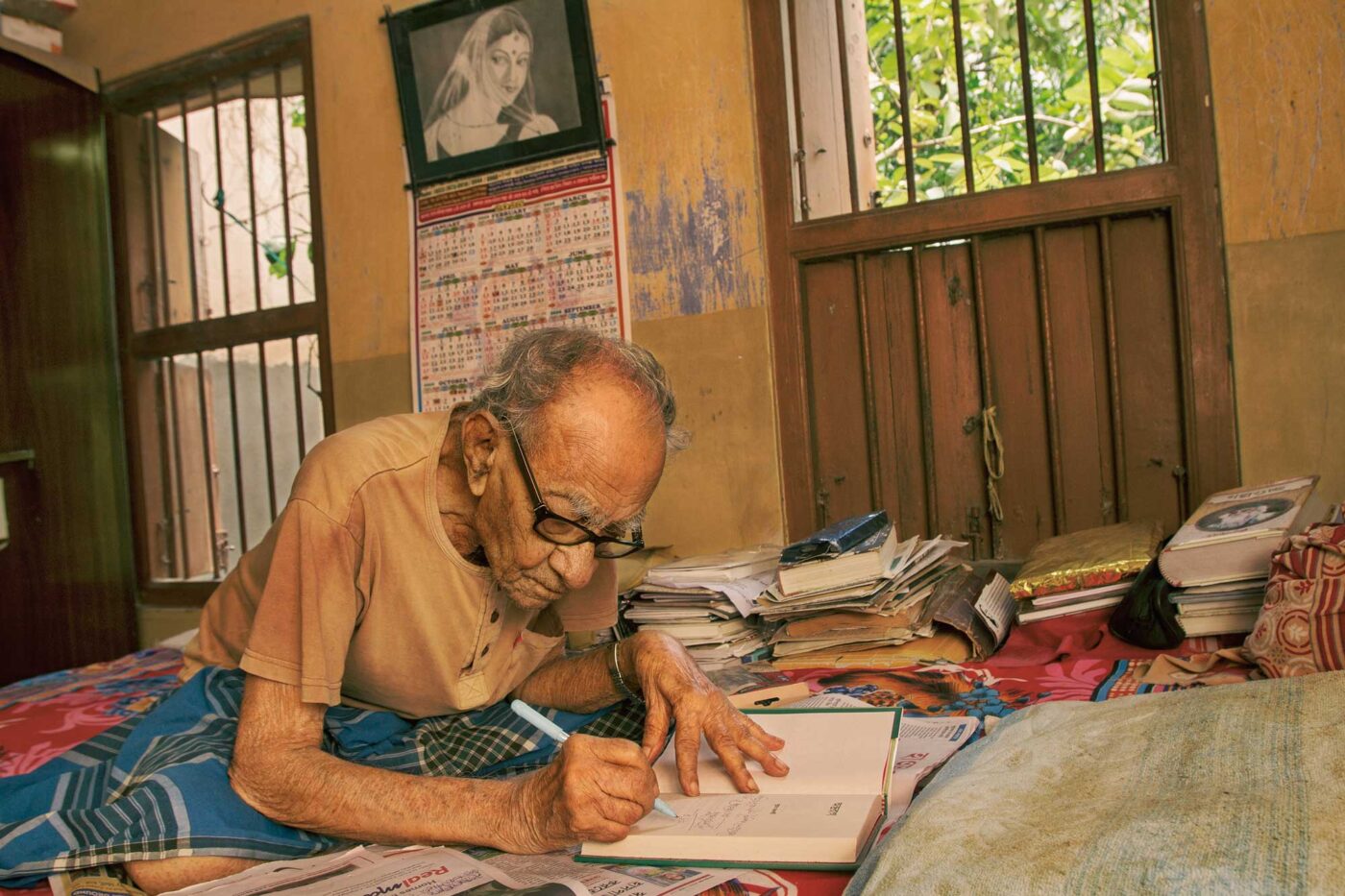
Subrata Chakraborty is one of those cultured people who are alive today in my village. We knew him as a literature lover. He was born in Cumilla, East Pakistan now Bangladesh. The terrible riots between Hindus and Muslims that he saw in Dhaka during his student life are still fresh in his memory. August 10, 2025. Nabagram, Hooghly, West Bengal.
The reason why the practice of bengali theatre still exists among many of the younger generation here is because of this “Mahadesh Parishad”. Subrata Chakraborty is one of those cultured people who are alive today. We knew him as a literature lover. He was born in Cumilla, East Pakistan now Bangladesh. The terrible riots between Hindus and Muslims that he saw in Dhaka during his student life are still fresh in his memory. In 1952, he moved from East Pakistan to West Bengal. However, his grandfather Ambika Charan Chakraborty was a countryman. He did not move to West Bengal with his family due to the indelible attraction of the country. His grandfather later died in East Pakistan.
A picture of Lenin hangs on the wall of Subrata Chakraborty’s house. When people from East Pakistan started settling in West Bengal, they were attracted by the love of communism. A new life, struggle and a new dream. The seventies and eighties were the era of a leftist ideology in the life of Bengalis. For them, Lenin was the figure of a liberator. That leftist rule in Bengal has come to an end long ago. Now there has been an awakening of a rightist politics in West Bengal. The middle-class Bengali society of West Bengal today is a victim of capitalist and consumerist culture. But in the eyes of people like Subrata Chakraborty in my village, that dream of communism is still alive. August 10, 2025. Nabagram, Hooghly, West Bengal.

Subrata Chakraborty was one of the founders of the People’s Cooperative Credit Bank Ltd. in our village. And he also took the post of chairman in that institution. He believed in communist ideology all his life. In addition, he was also a fan of Sri Sri Ramakrishna Paramahamsa, Swami Vivekananda and Rabindranath Thakur. Along with his professional life, he spent his life pursuing literature and is now almost ninety years old. A book has recently been published on his collection of stories.
When I was growing up, there was communist rule in West Bengal. Most of the people from East Pakistan (Bangladesh) in Nabagram were supporters of that party and many of them were sincerely associated with the work of the party organization in the area. But despite the communist atmosphere, there was also a Bengali cultural and religious tradition in my village. If we look at history, we will see that the heritage of this Bengali nation is a combination of Buddhist, Jain, Tantra, Shakta, Vaishnavite religions and cultures.
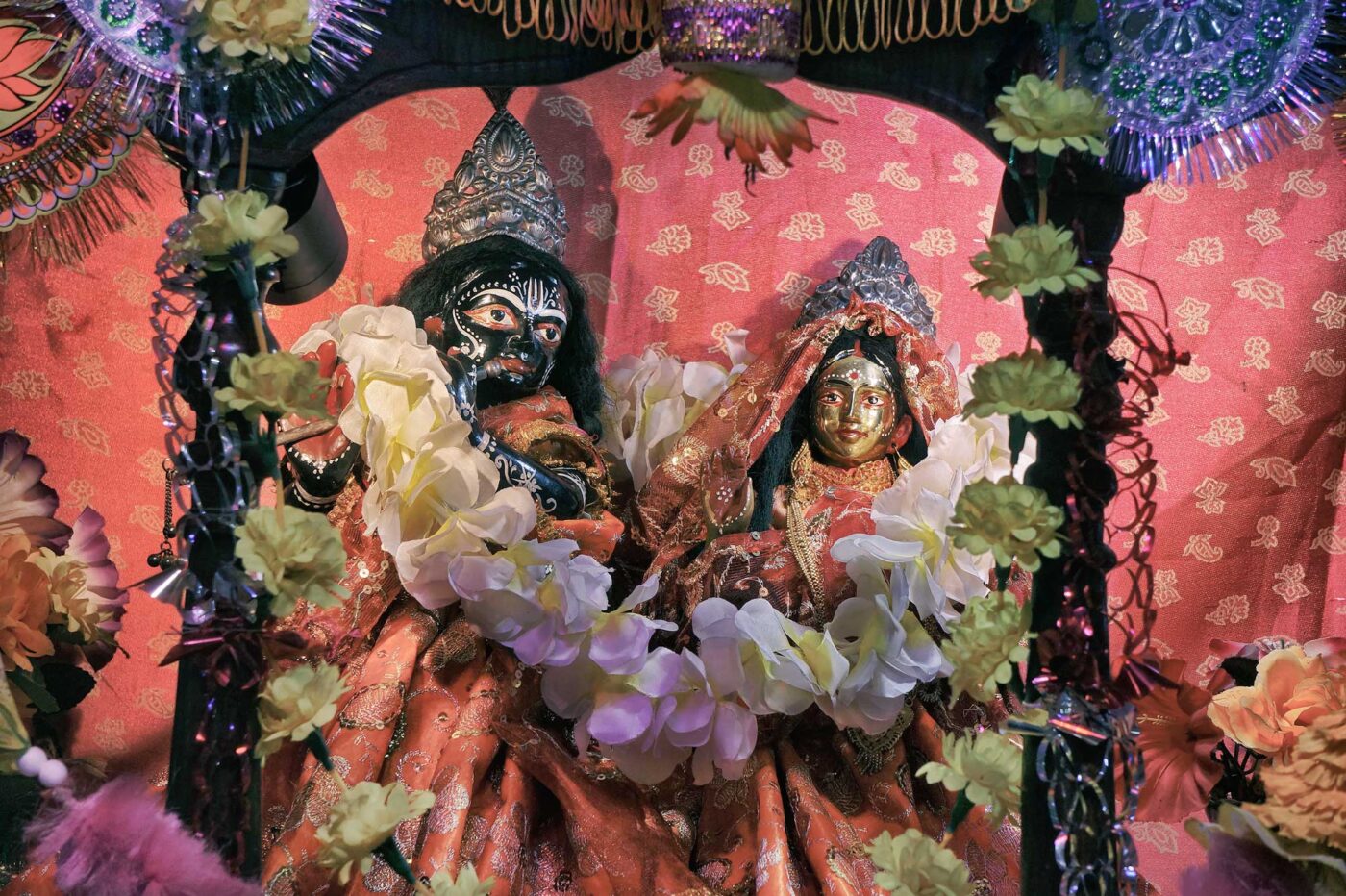
Brass idol of Radha Krishna in “Harisabha”, Nabagram. The temple was established by Priya Mohan Chakrabarty in 1954. He moved “Nabagram” from Chandpur district in East Pakistan( now Bangladesh) some time before the partition of India. Daily worship is held here. This “Harisabha” was established for the religious practice of the Hindus who came from East Pakistan, now Bangladesh. August 8, 2025. Nabagram, Hooghly, West Bengal.
Since coming under Muslim rule, Bengali literature, language, architecture, art, and food habits have been deeply influenced by Muslim culture. This is not just a religious influence, but a mixed culture that redefined the way of life of the people of the Bengal region. Later, European culture, through the hand of British rule, had a profound impact on the life of the Bengali nation. Especially because of Calcutta being the capital, the elite Bengali society there was fascinated by European art, culture and manners. As a result, a renaissance took place in Bengal in the 19th century. And this renaissance gave birth to scholars like Raja Ram Mohan Roy, Debendranath Tagore, Ishwar Chandra Bandyopadhyay, Ramakrishna Paramahansa, Bankim Chandra Chattopadhyay, Michael Madhusudan Dutt, Kaliprasanna Singha, Rabindranath Thakur, Swami Vivekananda, Kazi Nazrul Islam and others. Along with this, there was an ancient rural folk culture trend of Bengalis.
The history of the Bengali language is at least 2600 years old. Many references to the Bengali language have been found in the Sanskrit-Chinese dictionary made in ancient China. Many documents have been found where it is seen that many Bengali words have been connected to the ancient Egyptian language. Because Egypt once had commercial relations with ancient Bengal. These various factors made Bengal’s social and cultural diversity unique from other parts of India. In eighties and nineties almost all the educated middle-class Bengalis of that time were literary enthusiasts. They had a deep love for the Bengali language.
There is an old house in my village. The name of the house is “Nirmalaya”, which means Free from sins. This usually refers to flowers, garlands, or other objects offered to the gods, which are left after worship. In this sense, Nirmalya is also considered as “prasad” or “blessing”. The picture shows a conch motif in the middle of a lotus flower. In Hinduism, the lotus is a sacred flower. It is a symbol of creation, rebirth, beauty, fertility, spiritual knowledge and divinity. In Hinduism, the conch is a sacred symbol and is associated with Lord Vishnu. The conch is considered a symbol of auspiciousness and prosperity. A Hindu spiritual life style was prevalent among some educated Bengalis of that time. The name of the house reflects that mentality. This house is a sacred place, like a temple, to its owner. The year of construction of the house is engraved on the top, 1962. August 10, 2025. Nabagram, Hooghly, West Bengal.

In our village, the imprint of this literary mentality of Bengalis could be seen in the names of many houses. Some houses still survive. For example, “Sritimon” means the place of beauty in the mind. “Jivan Smriti”, with which Rabindranath Tagore has a deep connection. This is a famous autobiographical book written by Rabindranath Tagore. Another name is “Nirmalya” which means Free from sins. This usually refers to flowers, garlands, or other objects offered to the gods, which are left after worship. In this sense, Nirmalya is also considered as “prasad” or “blessing”.
It would be an injustice in terms of history if we do not mention another person in the field of literary practice in this “Nabagram” region. His name is Manoj Chakladar (The title refers to the head of a chakla, a district-level administrative division in the Indian subcontinent during the Mughal period.). He was considered an exceptional writer outside the mainstream literary world of West Bengal. He had immense knowledge of bengali literature as well as world literature. In addition to writing novels, poems and essays, he also translated books on literature and philosophy. He translated Dante Alighieri, Franz Kafka, Albert Camus and Jorge Luis Borges. He was associated with the “Little Magazine Movement” in Kolkata all his life. He also came from Cumilla, village name “Shakdi” in East Pakistan now Bangladesh.
His father Medini Mohan Chaklader was a Sanskrit scholar. Manoj Chakladar was a twenty-one-day-old baby when he moved to West Bengal with his parents within the two years of the partition of India. He passed away in 2020.

In the picture, the younger sister is sitting with her two brothers holding a portrait of their elder brother Manoj Chakladar. He was associated with the “Little Magazine Movement” in Kolkata all his life. He was considered an exceptional writer outside the mainstream literary world of West Bengal. He had immense knowledge of Bengali literature as well as world literature. In addition to writing novels, poems and essays, he also translated books on literature and philosophy. He passed away in 2020. He also came from Cumilla district village name “Shakdi” in East Pakistan now Bangladesh. Manoj Chakladar was a twenty-one-day-old baby when he moved to West Bengal with his parents within the two years of the partition. August 9, 2025. Nabagram, Hooghly, West Bengal.
Over time, the economic infrastructure in West Bengal started deteriorating due to the change of era. Its impact on employment was profound. As a result of the free market economic policy, a great change started to come in India. Many factories in Bengal started closing down due to the pressure of new competition. Government employment opportunities gradually became inadequate.
Many of the next generation of the Bengali middle class, who were born in Kolkata, started migrating to different cities in India for jobs. The same picture is seen in my village too. Those who remain have to fight a great battle of competition. Today, a social core of the Bengali middle-class society has been degraded. Even among them, there is a great indifference towards preserving and practicing Bengali culture. And in this current digital corporate era, the entire face of the social structure has started changing at a very fast pace.
In this picture, Manoj Chakladar’s sister Shyamoli Chakladar is showing off her mother’s wedding saree. Their mother Tarpana Sundari Chakladar brought this saree with her when she left their village in East Pakistan(Bangladesh) in 1948. The saree still holds the memory of that time. It is muslin saree, which is almost priceless today. Muslin was produced in various parts of the Indian subcontinent; however, the main production areas in undivided Bengal were Dhaka, Murshidabad and Shantipur. August 9, 2025. Nabagram, Hooghly, West Bengal.
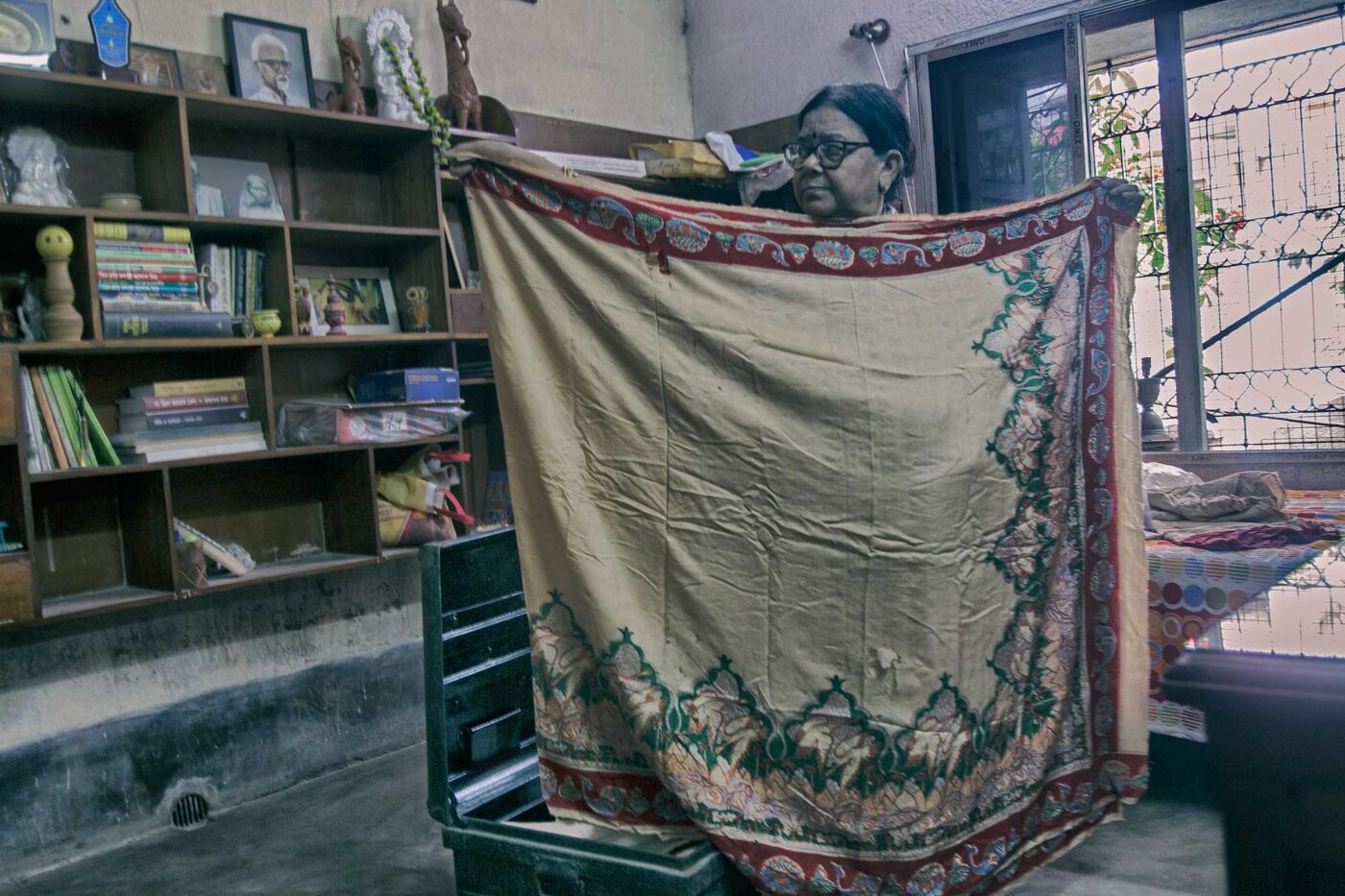
Some are selling their old houses in my village to the real estate agent for a hefty sum and moving out, while others are living a life of social isolation in two or three-room flats. Because they are no longer able to maintain the big houses of their ancestors due to economic reasons. Therefore, my village is getting crowded with multi-storey houses every year. As a result, the demographics of this “Nabagram” are changing. Because the soil here is not suitable for supporting four-storied and six-storied buildings. Due to this, a water crisis has gradually started here. The condition of the roads today is very pathetic.
Due to the increasing population, household waste such as paper, plastic, food items etc. has started to accumulate and disrupt the drainage system. So, even a little rain during the monsoon season, the roads of my village are now waterlogged, creating an unhealthy environment.
Yet life is moving forward into the future at its own pace. At present, I am just a seer looking into that invisible future. And as a photographer, I am trying to preserve the memories of this change so that my village, “Nabgram,” will at least survive to some extent.
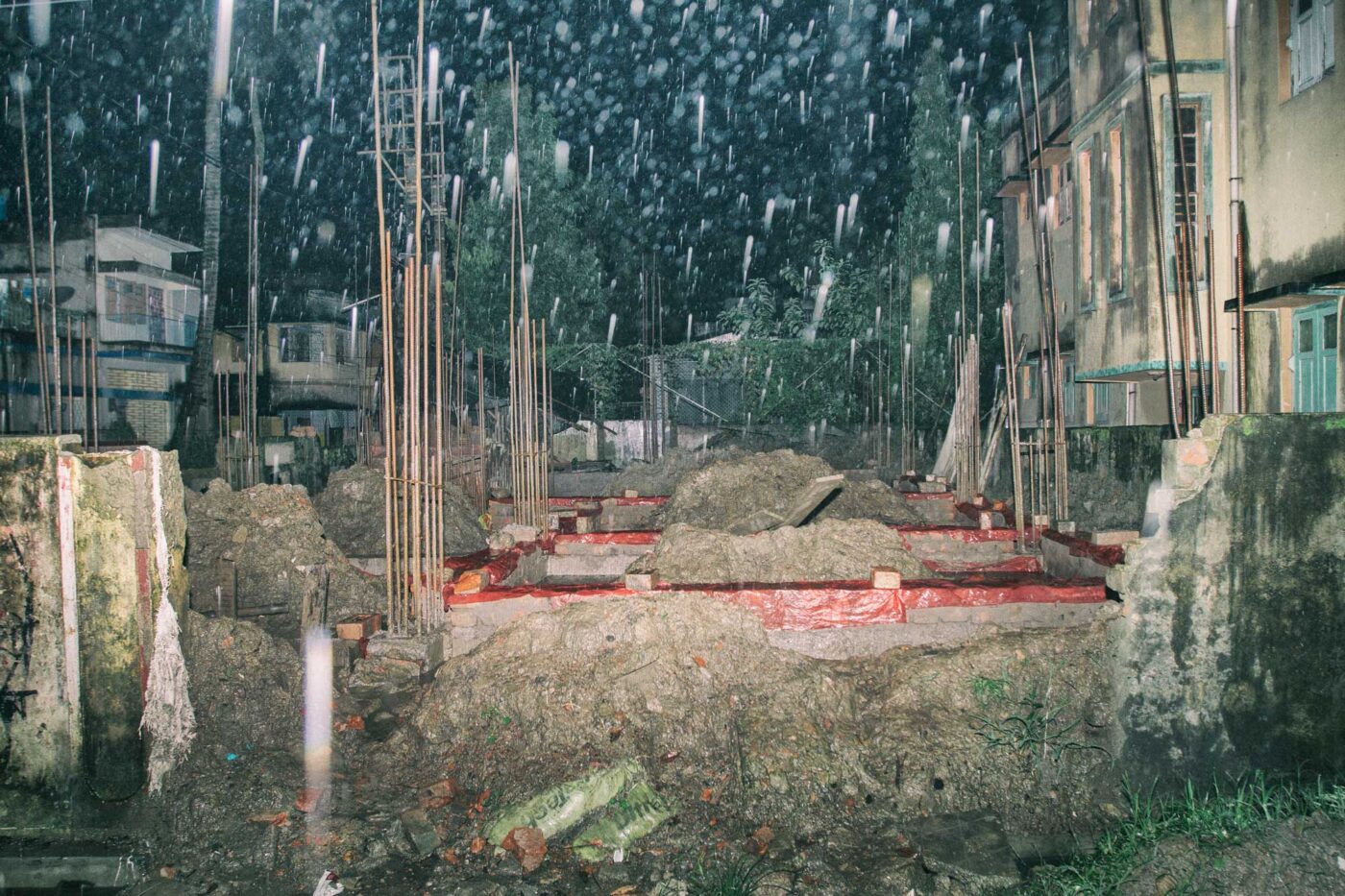
Hindus believe that the body becomes old due to disease with time, then it is destroyed. Then it is reborn in a new form. Therefore, if there is anarchy and chaos in the structure of society, the downfall of that society is inevitable. Again, through destruction, it will be created again in a new form.
The picture shows a multi-storey residence. Earlier there was a house here. It was known as the Banerjee house in my village. Suresh Banerjee of this family was one of the founders of the second phase of Nabagram. He came from East Pakistan due to the partition. The Durga Puja of this house was once very famous in this area. Now nothing is left. Their descendants sold the entire house along with the land several years ago. Now this huge multi-storey residence stands like a wall in this place. Therefore, my village is getting crowded with multi-storey houses every year. As a result, the demographics of this “Nabagram” are changing. Because the soil here is not suitable for supporting four-storied and six-storied buildings. August 6, 2025. Nabagram, Hooghly, West Bengal.
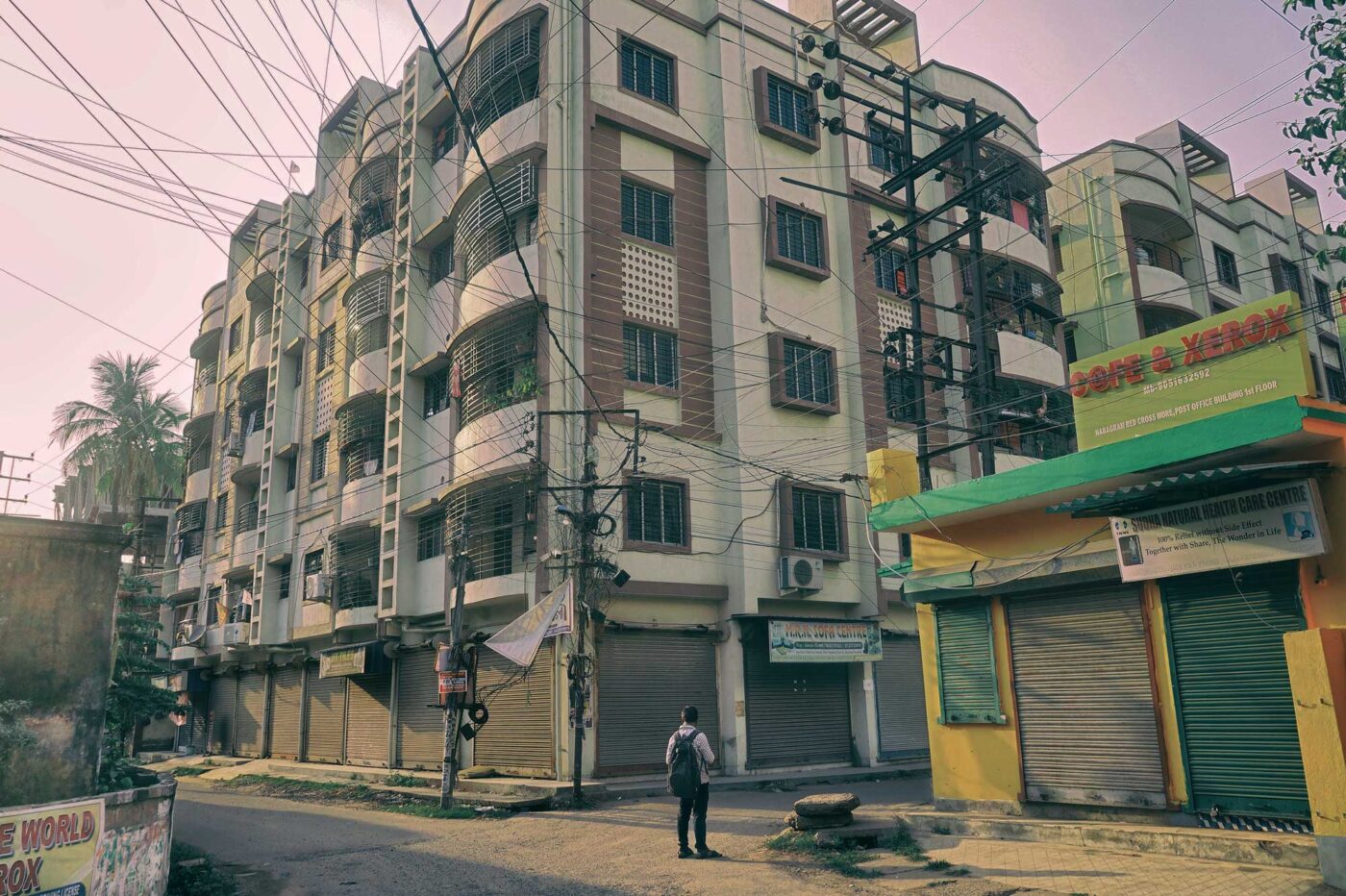
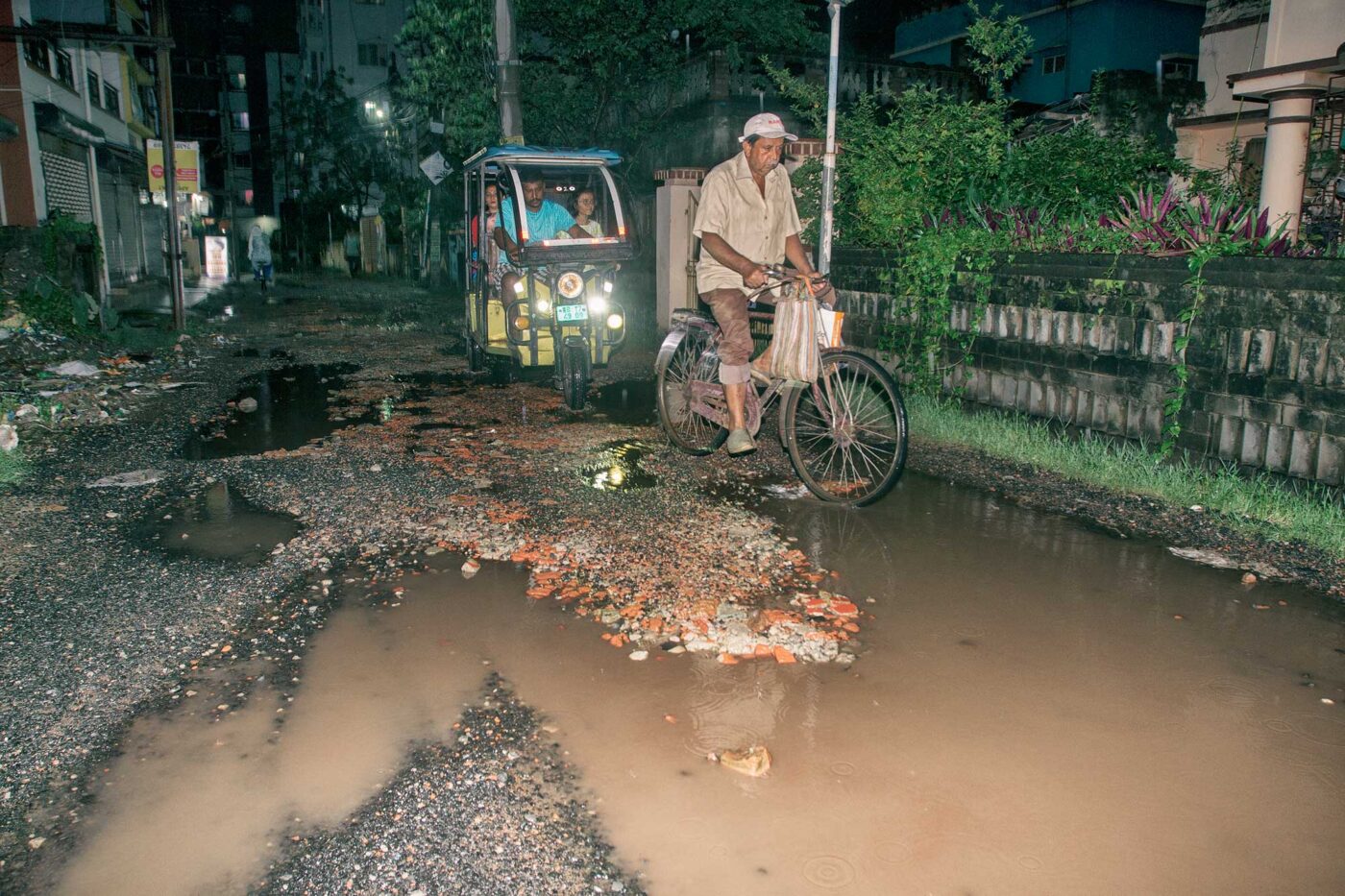
The condition of the roads today is very pathetic. Due to the increasing population, household waste such as paper, plastic, food items etc. has started to accumulate and disrupt the drainage system. So, even a little rain during the monsoon season, the roads of my village are now waterlogged, creating an unhealthy environment. August 11, 2025. Nabagram, Hooghly, West Bengal.











